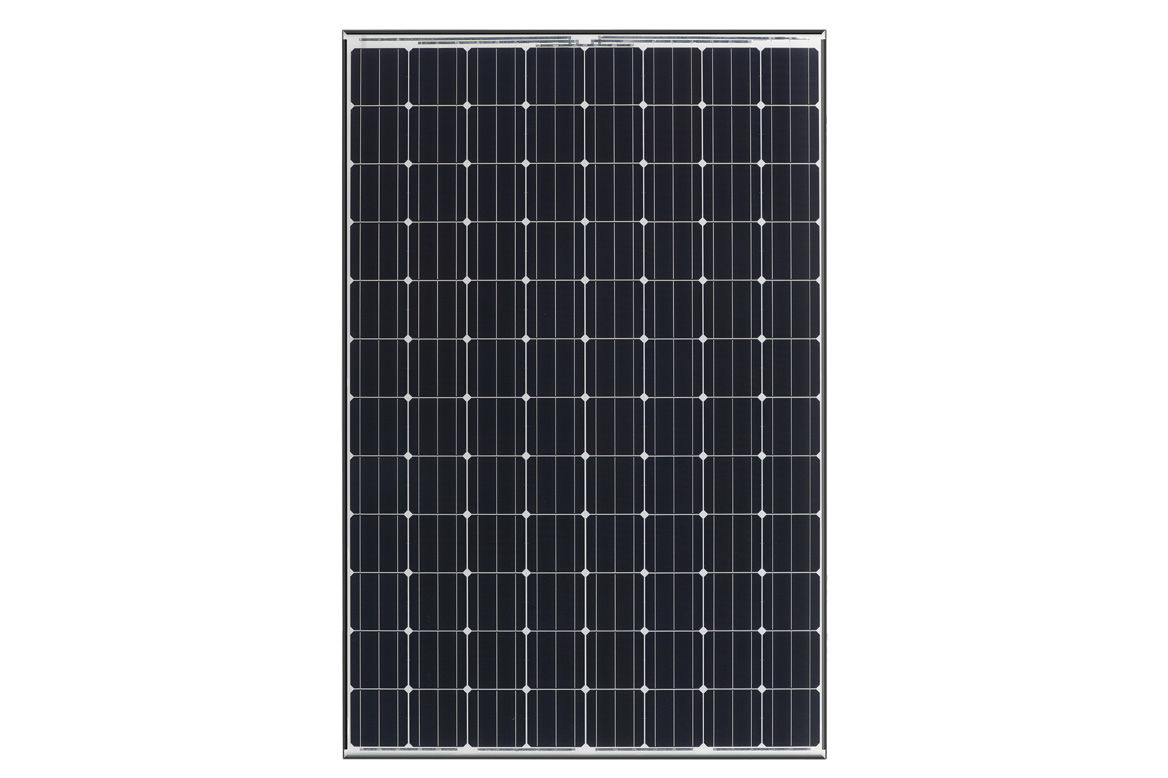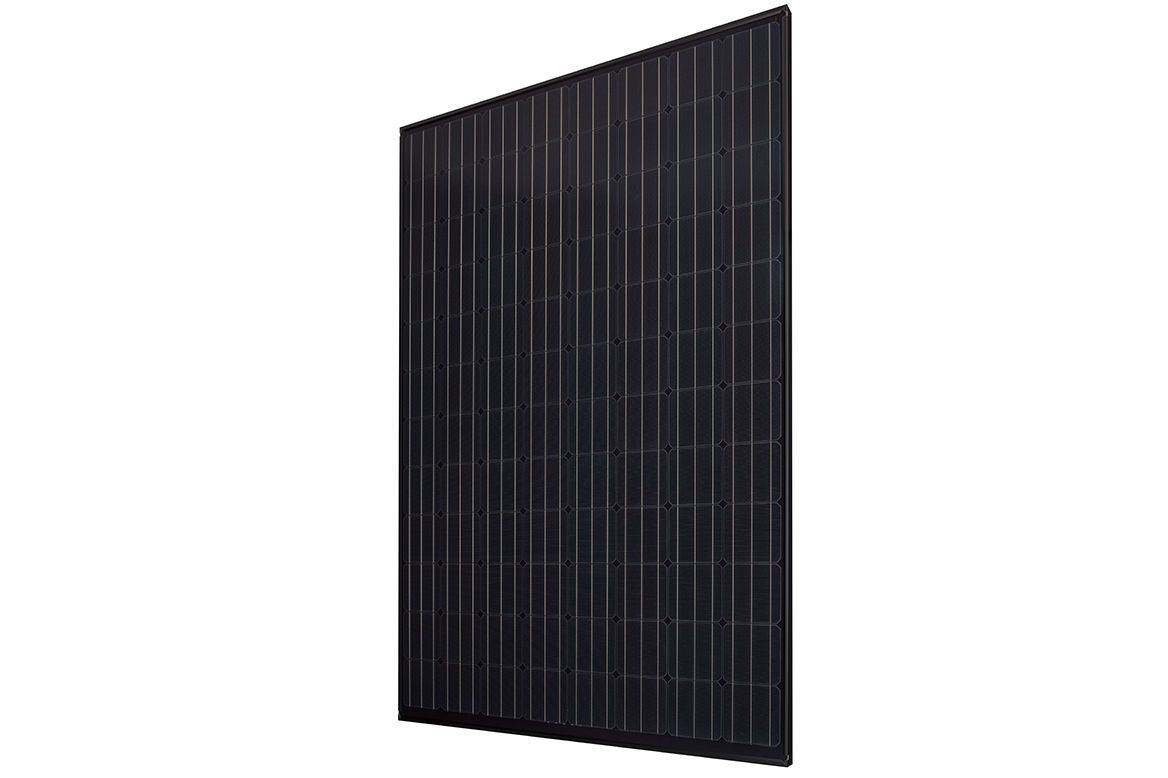Glass shattering would improve performance slightly, just less in the way, just would not last horribly long after that with cells exposed directly to the elements..
solar panels are quite tough.. building codes require em to be able to withstand hurricane force winds so they don't become 50lb projectiles, often they are stronger than the roof's they are mounted too.. We have quite a bit of solar here in Colorado and some stupid intense/expensive hail storms, a co worker had to replace roof, siding, windows, basically most of the exterior of her house from a hail storm, but she didn't break a single solar panel on her roof, hrmm.
I rented a trailer with ZAMP portable panels, there was nothing special about them.. standard run of the mill solar panels with a hinge, clasp, handle, and case.. most of it broken from abuse of being in a rental.. and the solar charger was just a run of the mill no-name pwm controller that looks like the hundred of other cheap generic ones on Amazon but with ZAMP printed on the case.
$380 for a 90W long, hot damn.. at that point just chain four 20-25W panels together, they are about 13in wide and $40/ea.. and would work better w/more blocking diodes..
Is there a reason why Zamp's website dont even list any specs? like nothing, not even a pic of the sticker on the back let alone heat coefficient, number of diodes, luminocity charts, wind ratings, dimensional diagrams, nada, zip, zero.. Guess none of that matters because my trailer is ZAMP ready, so it'll work.



